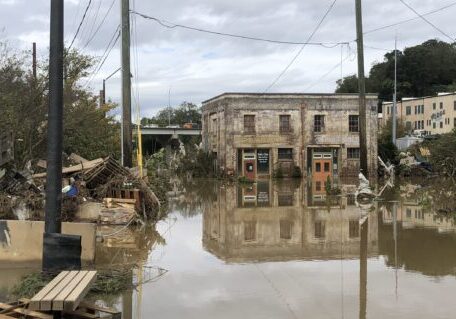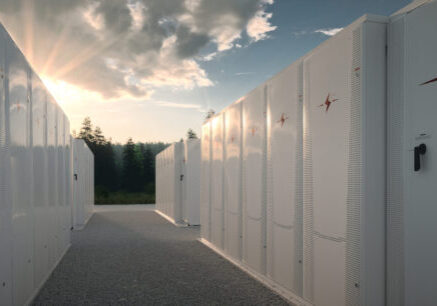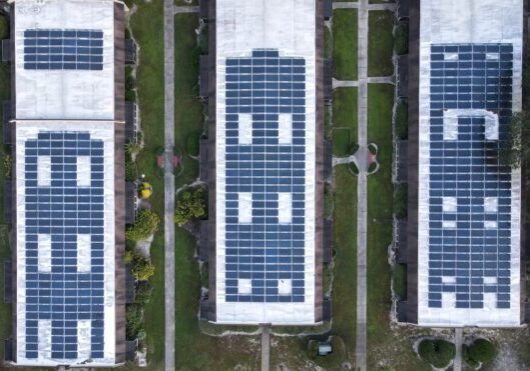May 1, 2015
Tesla Energy—Will the Markets for Solar and Storage Include Everyone in Need?
By Lewis Milford
Elon Musk’s Tesla Energy announcement to sell an affordable, reliable battery system for solar energy storage in homes and businesses is more important than all the hyped press even suggests. But as extraordinary as the news is about how this technology will impact our energy future, it leaves out some important issues still to be sorted out.
At the top of the list is how these technology advances will benefit people other than high-income homeowners and businesses who are likely to be the first adopters of the product—how to make these technologies available to the low- and middle-income people who also need resilient power.
The news of Tesla opening up a new energy battery division, called Tesla Energy, has captured the headlines and the imagination. In a presentation reminiscent of Steve Jobs before an adoring crowd, Musk gave an entertaining and direct talk about the need for solar and battery storage to replace fossil fuels and address climate change and to capture and store electric power that can make homes and businesses more resilient and independent from the power grid. It was an impressive show.
The product specifications are even more impressive. For a cutting-edge and innovative product, the cost is low for a home system, $3,500, with an inverter and installation adding to that cost. That system will allow a home or business to island, to go grid independent in case of a power outage. It will also enable customers to reduce electric bills, especially very high demand charges that can represent more than half of typical commercial electric bill.
The announcement is part of a wave of good news about how solar plus battery systems can reinvent the power system, reduce pollution, and realign the relationship between electric utilities and their customers.
But what is missing from this news is how new battery storage technology can improve public safety—in virtually all buildings that protect the public like fire and police stations, schools and hospitals; and how this technology can benefit the people who need access to low-cost and resilient power the most—the underprivileged and largely forgotten poor, many who already suffer high electric bills in places like affordable housing and assisted living facilities. We need to ensure that the larger public and the most vulnerable can get these technology benefits along with high-end homeowners and businesses.
Social equity is often a challenge during these new technology transitions—the need to ensure that the arc of these new and cleaner solar+storage technology markets benefits the general public rather than only private commercial customers and the affluent.
We need to direct these technologies to benefit all sectors of society—not as an afterthought, but from the outset, as a matter of foundational market and policy design. That has not been the case with clean energy markets—the poor have usually been left behind the technology curve.
As these energy storage technologies become available, we need to make sure they are deployed to provide resilient power to communities, to make sure that emergency services and public infrastructure can benefit from reliable and affordable solar plus storage technologies. Hospitals, schools, water treatment plants, fire stations, elderly housing complexes, airports, communications and transportation systems could all benefit from these technologies. They all need reliable and affordable electric power; they all need to function when the grid goes down.
The good news is that Tesla seems driven to serve both private enterprise and public benefits. Musk is a brilliant energy innovator with a drive to solve large societal problems like climate change. He is keeping his technology patents open. That is to be commended.
What is also needed now is a commitment to ensure that new energy storage markets also include the public sector—to extend these economic and environmental benefits to the people most in need now, and not have these benefits trickle down years later, after the technologies have become mainstream.
The conversation about how to make that happen is an important one that companies like Tesla need to have.














